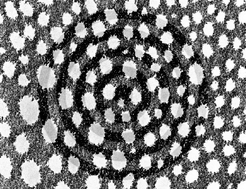Insights into hierarchically meso–macroporous structured materials†
Abstract
A great deal of progress has recently been made in the field of ordered porous materials having uniform channel dimensions which can be adjusted over a wide range of length scales. Incorporation of macropores in mesoporous materials combines benefits from both the mesoporous and macroporous structures. Hierarchical materials containing both interconnected macroporous and mesoporous structures have enhanced properties compared with single-sized pore materials due to increased mass transport through the material and maintainance of a specific surface area on the level of fine pore systems. Bimodal mesoporous–macroporous inorganic materials can be prepared by using a self-assembling

- This article is part of the themed collection: Novel porous materials for emerging applications

 Please wait while we load your content...
Please wait while we load your content...